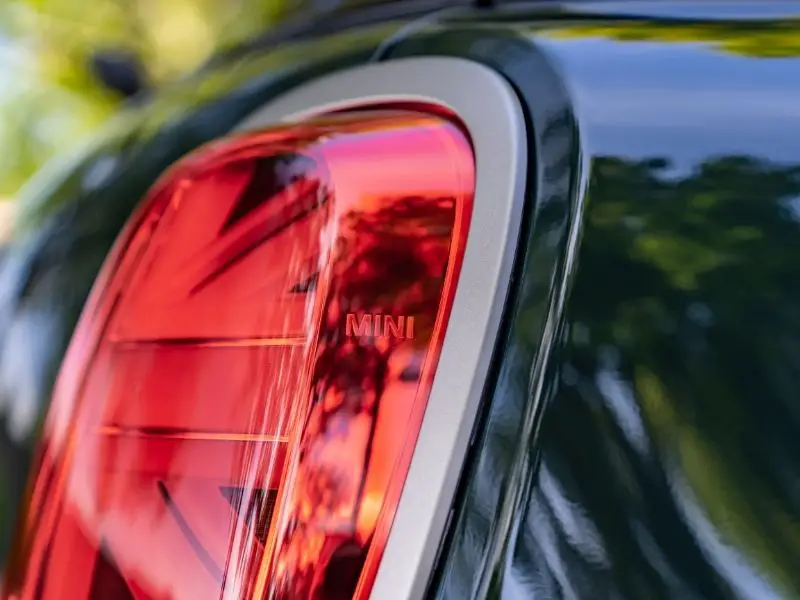Many drivers have noticed that BMW drivers don’t use turn signals. Whether it’s a lane change, left or right turn, they will never indicate to warn other drivers of their upcoming lane change or turning intention.
Terrible Design:
BMWs are known for their luxury and fun driving experience. BMWs are also known as the most unreliable vehicle on roads.
BMWs are over-engineered cars. In Japan and America, the culture of the “Keep It Simple” design philosophy is applied. In contrast, German engineering is all about precision manufacturing that is unnecessarily over-complicated. This over-engineered design doesn’t consider user ease-of-use, usability, reliability, and repairability.
Toyota makes vehicles keeping in mind all types of drivers. These vehicles are designed the way an owner would use them. On the contrary, BMW owners have to drive their cars as BMW engineers intended.
The turn signal clicks into place on every Toyota and stays until the driver completes his turn or manually turns it off.
In contrast, the BMW turn signal is very picky and tricky to use, and the indicator is a touch-to-activate type of lever.
The indicator has two modes. One is a lane change; another one is turning mode.
The turn signal indicator doesn’t click into place. If a BMW driver doesn’t press the indicator precisely, it will signal 3 times and automatically turn off. So, a BMW driver has to press and hold the turn signal while turning. It is not only annoying; it hinders driving while turning.
Moreover, after a turn, if the turn signal doesn’t turn off automatically, it’s also irritatingly problematic to turn off that indicator. As these indicators don’t click into place, the lever always stays in a neutral position; turning off those signals is not straightforward.
The driver has to push the indicator lever slightly in the same direction to cancel the turn signal (not the opposite direction). If pushed too far, the signal will not cancel. It’s a messy situation. The entire turn signal design is unintuitive on BMWs.
Over time, this minor annoyance pushes the BMW owners not to use the turn signal at all. Even though BMWs are fun to drive, they have terrible UI design.
Moreover, the clicking sound that indicators make is too faint on BMWs. Thus, drivers don’t know whether their signals are on or off. For new BMW owners, it takes some time to get used to these blinkers. It’s one of the primary reasons why BMW drivers don’t indicate.
Observation and Confirmation Bias:
BMWs are the most common luxury cars other than Audi and Mercedes Benz. Therefore, people tend to watch those cars and how the drivers drive them.
As it’s well known in the car community that BMW drivers don’t signal (because of BMW turn signal terrible design), the next time a driver sees a BMW on the road, keep a keen eye and observe it. A failure to use indicators emboldens previous knowledge. However, non-BMW drivers don’t get too much scrutiny. Thus, even if non-BMW drivers don’t use their indicator, it soon gets forgotten.
Poor Attitude:
BMWs are performance vehicles. These vehicles are fast and powerful compared to other family sedans and SUVs. The owners who buy BMWs buy them for the experience a BMW provides. Thus, these drivers drive more aggressively than other road users. In these scenarios, these drivers don’t use indicators. Over time their lousy driving behavior spills over to normal driving circumstances.
Bad drivers exist everywhere. If you visit New York City, you will realize that many drivers unnecessarily use their car horns. The moment the traffic light turns green from red, some drivers would press the horn within milliseconds.
Some drivers don’t use turn signals at all. It is entirely due to bad driving habits and disregard for road safety and proper etiquette.
A person drives according to his character. A selfish person will drive aggressively on the road, whereas a benevolent person will drive calmly.
A me-first driver will cut off, turn, and speed aggressively. They will never allow another driver to enter his lane. Whenever they see someone trying to merge, they will speed up so that the merging driver doesn’t get in front of them.
This type of poor attitude is seen mainly in BMW drivers. Because of their bad driving habits, they don’t indicate while turning.
Bottom Line:
BMW drivers tend to get most of the attention on the roads. Sometimes they don’t use turn indicators because of their bad driving behavior, but other times, it’s due to BMW’s design that prevents proper engagement of turn indicators.
